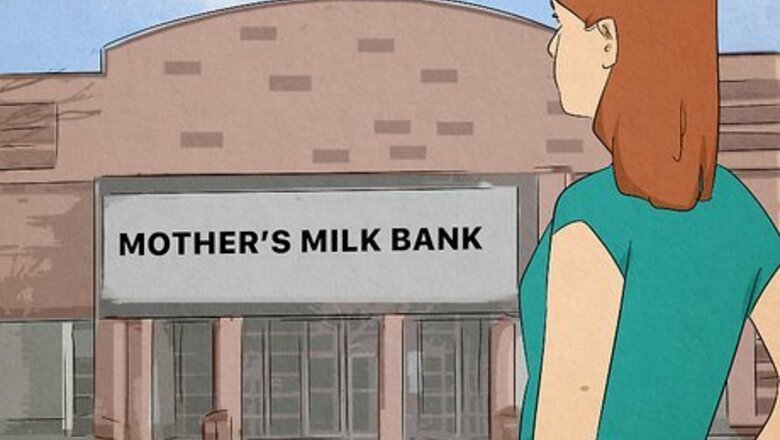
views
Selling to Milk Banks
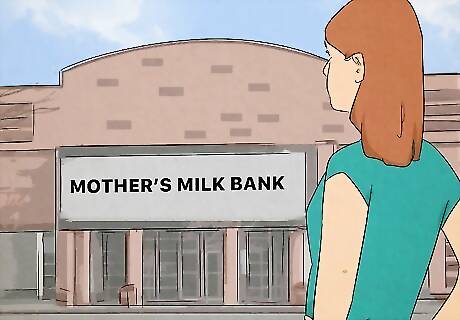
Find a milk bank you would like to join. Some milk banks only accept donations, but there are a lot of them out there that will pay $1 or more per ounce of breast milk. Some milk banks only accept donations in person, but many of them are open to receiving frozen and shipped milk. Take some time to search for milk banks in your area to see if there is one you like. Mothers Milk Co-op, Prolacta Bioscience, and the Human Milk Banking Association of North America are well-known organizations in the US that are hospital approved and complete rigorous screening checks.
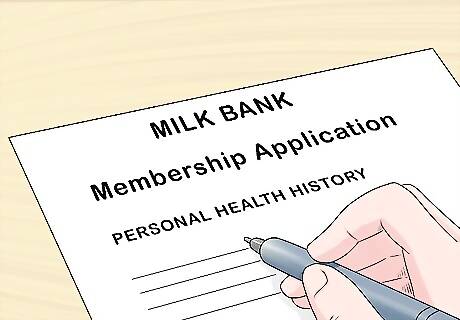
Apply for a milk bank membership. It’s generally free to join a milk bank, though some locations do require you donate your first 100 ounces of milk to defray costs before they start paying you. You can apply to almost any milk bank online. You’ll need to input your personal health history, information about your milk production, prescription drug history, and other information about your diet and health habits. Most mothers who are selling their breast milk will complete a short telephone interview with the milk bank before moving on to the rest of the screening process. Milk banks require donor mothers to be in good health. They are looking for women who are not on most medications or supplements. Women also need to be willing to undergo blood testing (usually at the milk bank’s expense).
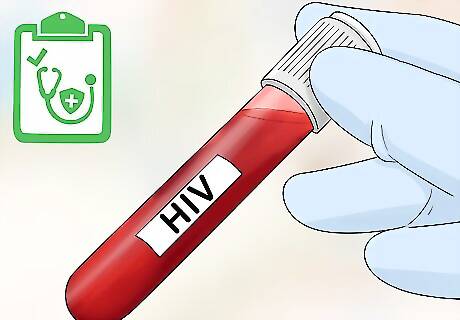
Undergo a screening process and blood test. Milk banks screen their mothers very thoroughly before accepting their milk. Moms shouldn’t use illegal drugs, smoke or use tobacco products, or regularly drink more than 2 ounces of alcohol per day. Eligible milk donors also can’t have received a blood transfusion in the last 4 months or an organ or tissue transplant in the last 12 months. Milk banks also will not accept milk from mothers who have a positive test result for HIV, HTLV, hepatitis B or C, or syphilis. Because milk banks regularly provide breast milk to hospitals for babies who are premature or high risk, they take extra care to not potentially introduce any bacterias or viruses to the babies. EXPERT TIP Julie Matheney, MS, CCC-SLP, CLEC, IBCLC Julie Matheney, MS, CCC-SLP, CLEC, IBCLC International Board Certified Lactation Consultant Julie Matheney is an International board certified Lactation Consultant (IBCLC) and the Founder of The LA Lactation Lady, her lactation consulting business based in Los Angeles, California. She has over eight years of lactation consulting experience. She earned her MS in Speech-Language Pathology from Miami University and has earned a Certificate of Clinical Competence for Speech-Language Pathologists (CCC-SLP). She also earned her Certified Lactation Educator Counselor (CLEC) certificate from the University of California, San Diego. Julie Matheney, MS, CCC-SLP, CLEC, IBCLC Julie Matheney, MS, CCC-SLP, CLEC, IBCLC International Board Certified Lactation Consultant Our Expert Agrees: If you're going to donate or sell your breast milk, be sure that you aren't taking any medications, herbs or supplements, or illicit drugs, as these will contaminate your milk. You should even avoid over-the-counter herbs like goat's rue or fenugreek, since some babies won't tolerate these well.
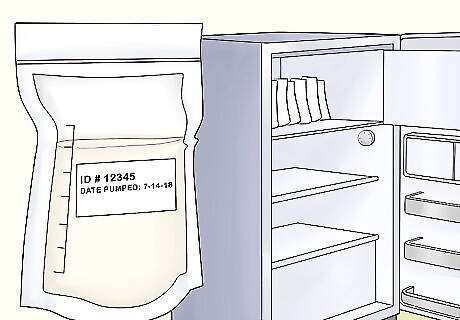
Follow guidelines to correctly store and transport breast milk. Use sterilized bags to store your pumped breast milk. In most cases, you’ll need to purchase these bags yourself. Most bags need to be labeled with your identification number at the milk bank, as well as the date the milk was expressed. The milk has to be put into the fridge or freezer shortly after pumping, generally within 30 minutes. Keep it in the fridge or freezer until it’s ready to be delivered or mailed. Milk accepted by mail should be sent via overnight shipping in a cooler and kept on ice. Some milk banks may arrange this for you, whereas others will let you incur that cost.
Joining an Online Milk Community
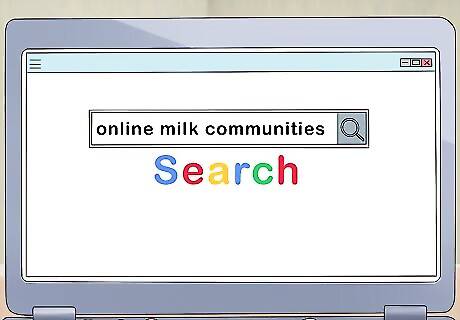
Research the online milk communities to find one that meets your expectations. The most popular site is “Only The Breast,” which is a kind of Craigslist, but it’s exclusively for buying and selling breastmilk. Women can post free classified ads for their milk. Most women sell their milk for an average of $2.50 an ounce, though you can also sell in bulk. Online milk communities generally have recommended standards for health, screening, storage, and transportation guidelines but do not police them. Babies need between 19 and 30 ounces of breast milk daily, so if you are able to produce 25 ounces of milk per day, you can make almost $23,000 a year by selling your milk.
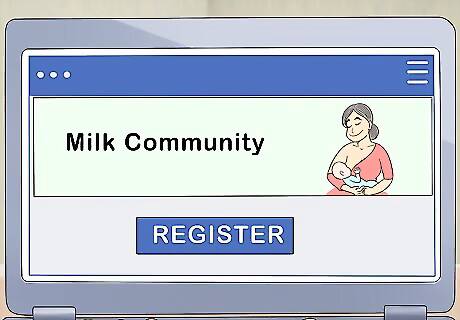
Register to join the community of your choice. Most sites require you to be a member in order to post ads, and this helps keep those communities private and free from spam. When filling out your profile, include information that you would want to know if you were buying breast milk online. Ideas include your health, special dietary restrictions (gluten free, vegan, plant based, etc.), how long you have been producing milk, and how you store and transport your milk (milk packaged with dry ice is the best way). If you can, provide references from others who have purchased your breast milk. Because these sites aren’t as regulated as milk banks, setting yourself apart from the rest of the sellers is key to having a consistent business.
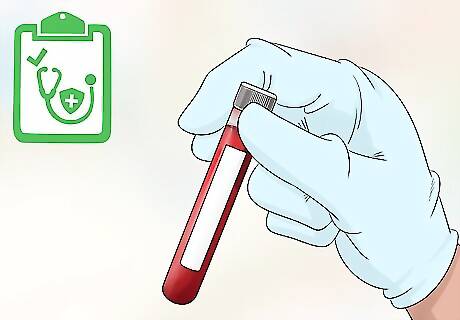
Get a blood test and heath screening done by your doctor. This generally isn’t required by online milk communities, but it can go a long way in reassuring buyers that your milk is safe and that you are a responsible seller. Make an appointment with your doctor and explain what you are doing and they will be able to run a blood test and health screen for you. You can get these records and share them with potential buyers. If you are sharing your health records with someone, black out any personal identifying information, like your last name, address, and social security number.
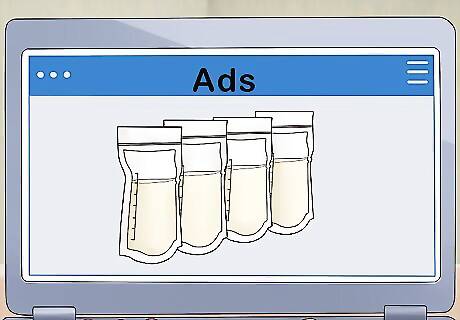
Create an engaging profile and ad for your breast milk. Because you are selling your milk yourself rather than letting it be processed through a milk bank, you need to essentially market your milk. Most moms with babies are looking for moms like themselves. You can share about your own baby’s health and include a few pictures to make the ad more personable (but keep it G rated—no topless pictures). Explain in your ad how you package and deliver your milk. Are you requiring the buyer to pay for shipping? Do you freeze your milk and ship it overnight? Are you available for face-to-face transactions? If you have preferences about who you will or will not sell to, this is the place to clarify that. If you don’t want to sell to men, put this in your ad and be very clear. Write something like “Donation to a baby only. No adult wet nursing. No pictures. No videos.”
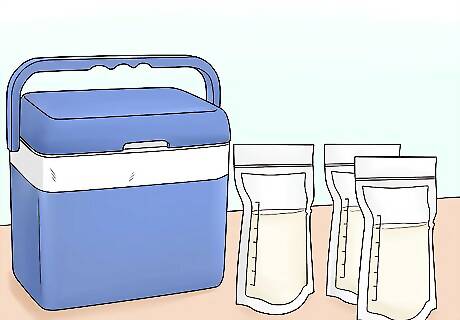
Store and transport breastmilk according to regulations. Milk needs to be stored in sterile, individual bags. These bags need to be weighed and marked with the ounces. Put pumped milk into the fridge or freezer within 30 minutes of expressing. If you are delivering the milk in person, transport it in a cooler lined with ice. If you are overnighting it, use dry ice to package the milk. Never top off your breast milk with other substances, even bovine milk. If this is consumed by a baby with a milk allergy, it can be life threatening. Breast milk can be stored in the fridge for no more than 5 days and in the freezer for up to 2 weeks, so it is best to sell and transport it as quickly as possible. Individuals who are receiving the milk are responsible for the pasteurization process.



















Comments
0 comment